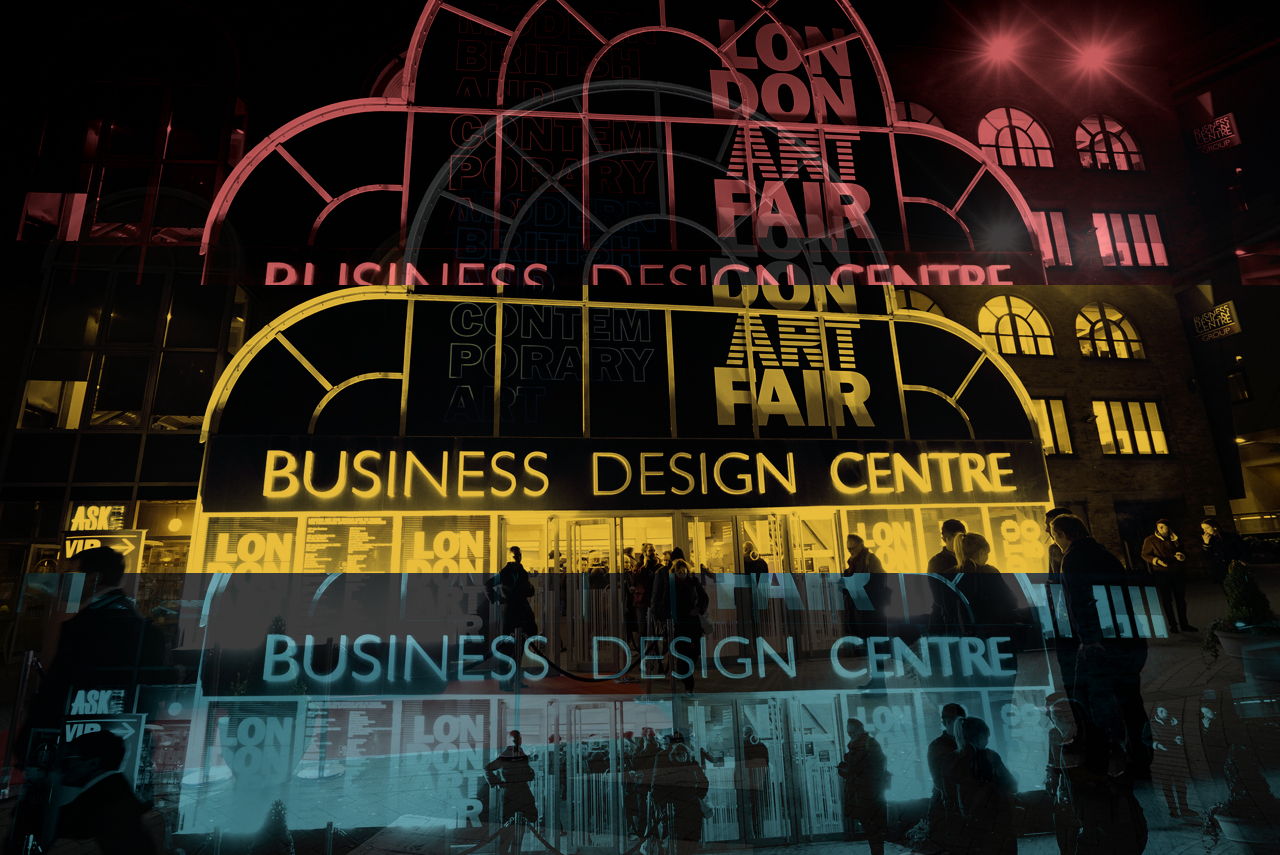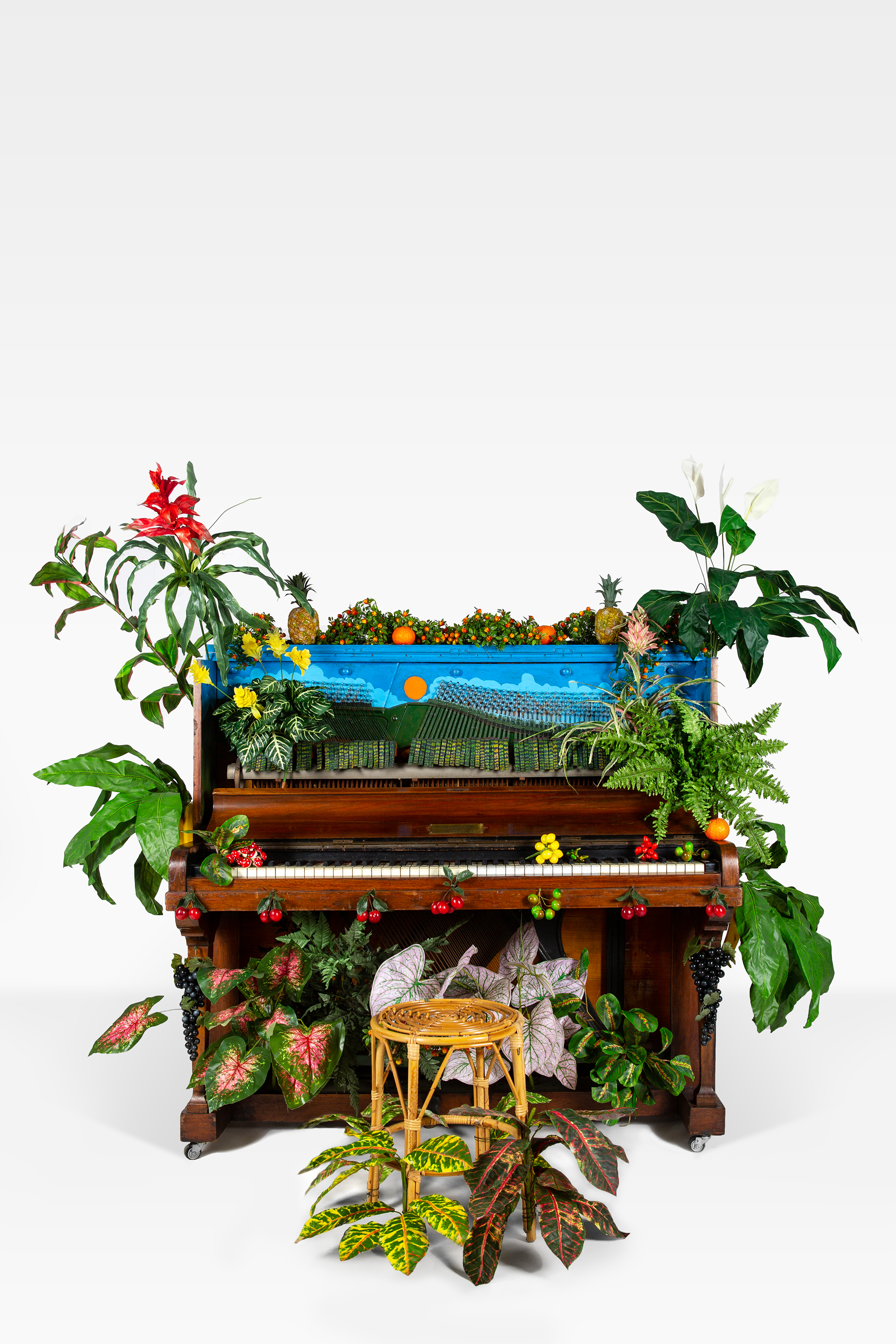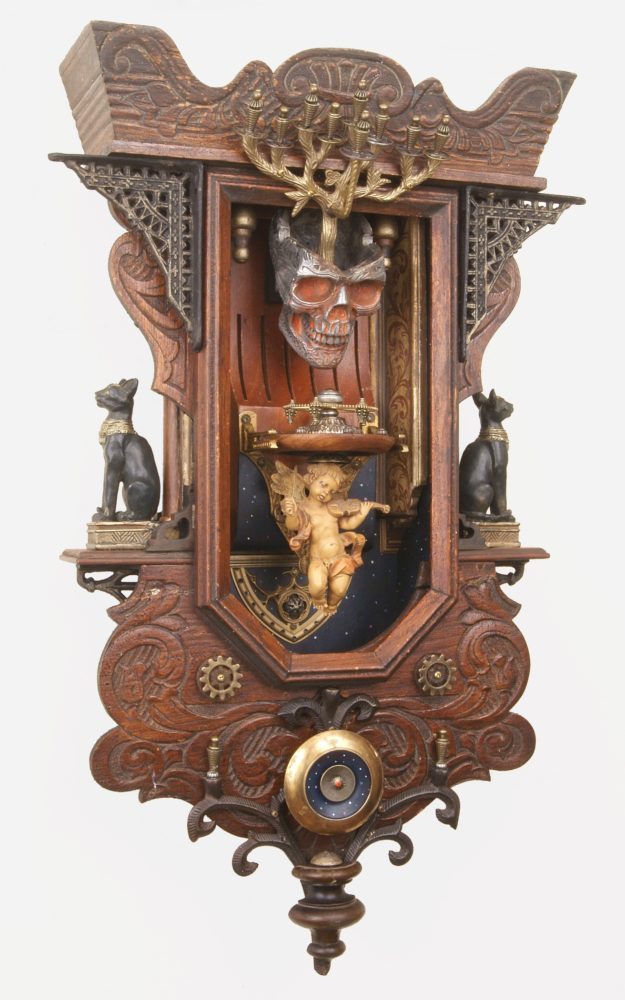Te Tiriti o Waitangi
2021 - Textile (Textile)
85 x 55 cm
Nikau Hindin
Maori barkcloth making is the central artistic form in the Pacific, and still at the core of cultural expression in many Pacific countries. However, Maori barkcloth making ceased to be practiced in the nineteenth century, at the same time as the arrival of European colonists. Completed barkcloth works often represent another complex Pacific Indigenous accomplishment, the sophisticated system of celestial mapping used in the cross-Pacific navigation that led to the expansion of a vivid pan-Pacific civilisation, thriving before colonial disruption. The work thus draws its power and meaning simultaneously in the represented content, in the material production, and the significance of reviving and pursuing this crucial Pacific art form. Hindin sees her practice as a highly political act of cultural resistance. Te Tiriti o Waitangi by Nikau Hindin is part of a series of works titled Kokorangi ki Kokowai : From Celestial Bodies to the Earth , which culminates Hindin’s unique research on M?ori barkcloth over the past six years. This work is a map featuring a fine system of striated markings that encode celestial charts of ocean navigation based on Maori astrology. The work directly confronts tradition with innovation, considering what marks might reflect Maori systems of knowledge. The celestial map painted on the barkcloth is the sky as it was seen in New Zealand on a particular day in the calendar, February 6, 1840, the day of the signing of the Treaty of Waitangi. While part of the process of colonization of New Zealand, the Treaty, which has always remained in force in the country, is the central document in the Maori political struggle, as it acknowledged Maori sovereignty in the new colony. In the past decades, its power has only been reinforced by formal references to its clauses as part of the constitutional process of decolonizing New Zealand.
Through her art practice, Nikau Hindin revives the Maori artform of barkcloth making. The material process produces a soft, thick, slightly textured fabric, so named because it has a rough surface like that of tree bark. Hindin practices this artform according to its traditional logic, while inscribing it into broader contemporary art discourses. Hindin produces all of the technological aspects in her barkcloth making process; from the cultivation of the plants, extraction of the cloth, fabrication of her wooden tools, production of her pigments, and the final painting of the work.
Colors:
Related works sharing similar palette

© » KADIST
Mika Tajima
2017Mika Tajima’s Pranayama sculptures are built from carved wood and chromed Jacuzzi jets and are presented as artefacts...

© » KADIST
David Horvitz
2021On March 30, 2015, at 5:52am, David Horvitz caught his daughter, Ela Melanie, as she was being born, in the back of an Uber driving through Midtown Manhattan...

© » KADIST
Bani Abidi
2008The threshold in contemporary Pakistan between the security of private life and the increasingly violent and unpredictable public sphere is represented in Abidi’s 2009 series Karachi ...

© » KADIST
Curtis Talwst Santiago
2017Curtis Talwst Santiago has been creating intimate and performative environments within these small spaces for several years; the artist used to carry them around to show visitors one on one, opening up a scene in the space of his hand...

© » KADIST
Alexis Smith
1990Iron Sorrows (1990) brings together what are for Alexis Smith common motifs and materials such as scavenged and repurposed metal, and street signage...

© » ARTREPORT
The Faces Of Art Projects At London Art Fair 2016 – Art Report News ARTISTS Artist Highlights Artist Interviews Studio Visit VIDEOS ART+ Community Listicles No Result View All Result News ARTISTS Artist Highlights Artist Interviews Studio Visit VIDEOS ART+ Community Listicles No Result View All Result No Result View All Result The Faces Of Art Projects At London Art Fair 2016 by Sarah Barlondo Jan 24, 2016 in NEWS 0 London Art Fair, Business Design Center...

© » KADIST
Diego Marcon
2015The video animation Falling Head 2 , hand-painted by Diego Marcon in 2015, consists of a close-up of a head caught on the threshold between sleep and wakefulness or maybe from wakefulness to sleep...

© » ART & OBJECT
See What Sold at the Barbara Walters Estate Sale at Bonhams | Art & Object Skip to main content Subscribe to our free e-letter! Webform Your Email Address Role Art Collector/Enthusiast Artist Art World Professional Academic Country USA Afghanistan Albania Algeria American Samoa Andorra Angola Anguilla Antarctica Antigua & Barbuda Argentina Armenia Aruba Ascension Island Australia Austria Azerbaijan Bahamas Bahrain Bangladesh Barbados Belarus Belgium Belize Benin Bermuda Bhutan Bolivia Bosnia & Herzegovina Botswana Bouvet Island Brazil British Indian Ocean Territory British Virgin Islands Brunei Bulgaria Burkina Faso Burundi Cambodia Cameroon Canada Canary Islands Cape Verde Caribbean Netherlands Cayman Islands Central African Republic Ceuta & Melilla Chad Chile China Christmas Island Clipperton Island Cocos (Keeling) Islands Colombia Comoros Congo - Brazzaville Congo - Kinshasa Cook Islands Costa Rica Croatia Cuba Curaçao Cyprus Czechia Côte d’Ivoire Denmark Diego Garcia Djibouti Dominica Dominican Republic Ecuador Egypt El Salvador Equatorial Guinea Eritrea Estonia Eswatini Ethiopia Falkland Islands Faroe Islands Fiji Finland France French Guiana French Polynesia French Southern Territories Gabon Gambia Georgia Germany Ghana Gibraltar Greece Greenland Grenada Guadeloupe Guam Guatemala Guernsey Guinea Guinea-Bissau Guyana Haiti Heard & McDonald Islands Honduras Hong Kong SAR China Hungary Iceland India Indonesia Iran Iraq Ireland Isle of Man Israel Italy Jamaica Japan Jersey Jordan Kazakhstan Kenya Kiribati Kosovo Kuwait Kyrgyzstan Laos Latvia Lebanon Lesotho Liberia Libya Liechtenstein Lithuania Luxembourg Macao SAR China Madagascar Malawi Malaysia Maldives Mali Malta Marshall Islands Martinique Mauritania Mauritius Mayotte Mexico Micronesia Moldova Monaco Mongolia Montenegro Montserrat Morocco Mozambique Myanmar (Burma) Namibia Nauru Nepal Netherlands Netherlands Antilles New Caledonia New Zealand Nicaragua Niger Nigeria Niue Norfolk Island Northern Mariana Islands North Korea North Macedonia Norway Oman Outlying Oceania Pakistan Palau Palestinian Territories Panama Papua New Guinea Paraguay Peru Philippines Pitcairn Islands Poland Portugal Puerto Rico Qatar Romania Russia Rwanda Réunion Samoa San Marino Saudi Arabia Senegal Serbia Seychelles Sierra Leone Singapore Sint Maarten Slovakia Slovenia Solomon Islands Somalia South Africa South Georgia & South Sandwich Islands South Korea South Sudan Spain Sri Lanka St...

© » ARTS EQUATOR
Growing up Everywhere and Nowhere in “Peter and the Starcatcher” | ArtsEquator Thinking and Talking about Arts and Culture in Southeast Asia Articles Bernie Ng October 22, 2018 By Teo Xiao Ting (1,300 words, seven-minute read) What does it mean to be a child? Specifically, what does it mean to be growing up, to be young, in this milieu? While set in the sepia of 1885, Peter and the Starcatcher by Pangdemonium asks questions that still resonate now, opening up to an extended session of make-believe to present the origin story of a Boy who detests all “grown-ups.” The story comes dusted in “starstuff,” a coveted substance that literally came from the stars, and has the magic to grant wishes...











